2D/3D ultrafast imaging and motion estimation
I developed a strong expertise in
instrumentation and sequence design to provide ultrafast imaging
with either 2D or 3D systems [Applied
Sciences 2018]. Such advanced acquisitions and associated
post-processing allow them to product high-quality images and
advanced post-processing strategies such as optimised beamforming [IEEE Transactions on Ultrasonics, Ferroelectrics, and Frequency Control 2021], optimal 3D sparse array design [Scientific reports 2018], 3D motion compensation for Doppler imaging [IEEE Open Journal of Ultrasonics, Ferroelectrics, and Frequency Control 2023] or 3D transverse oscillations [IEEE
International Ultrasonics Symposium 2019].
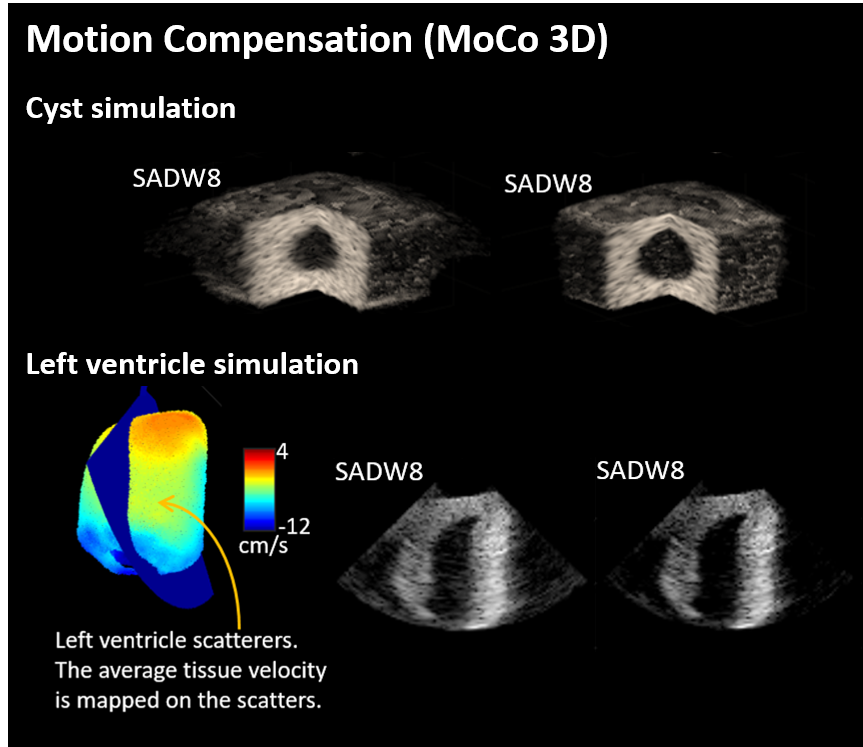 |
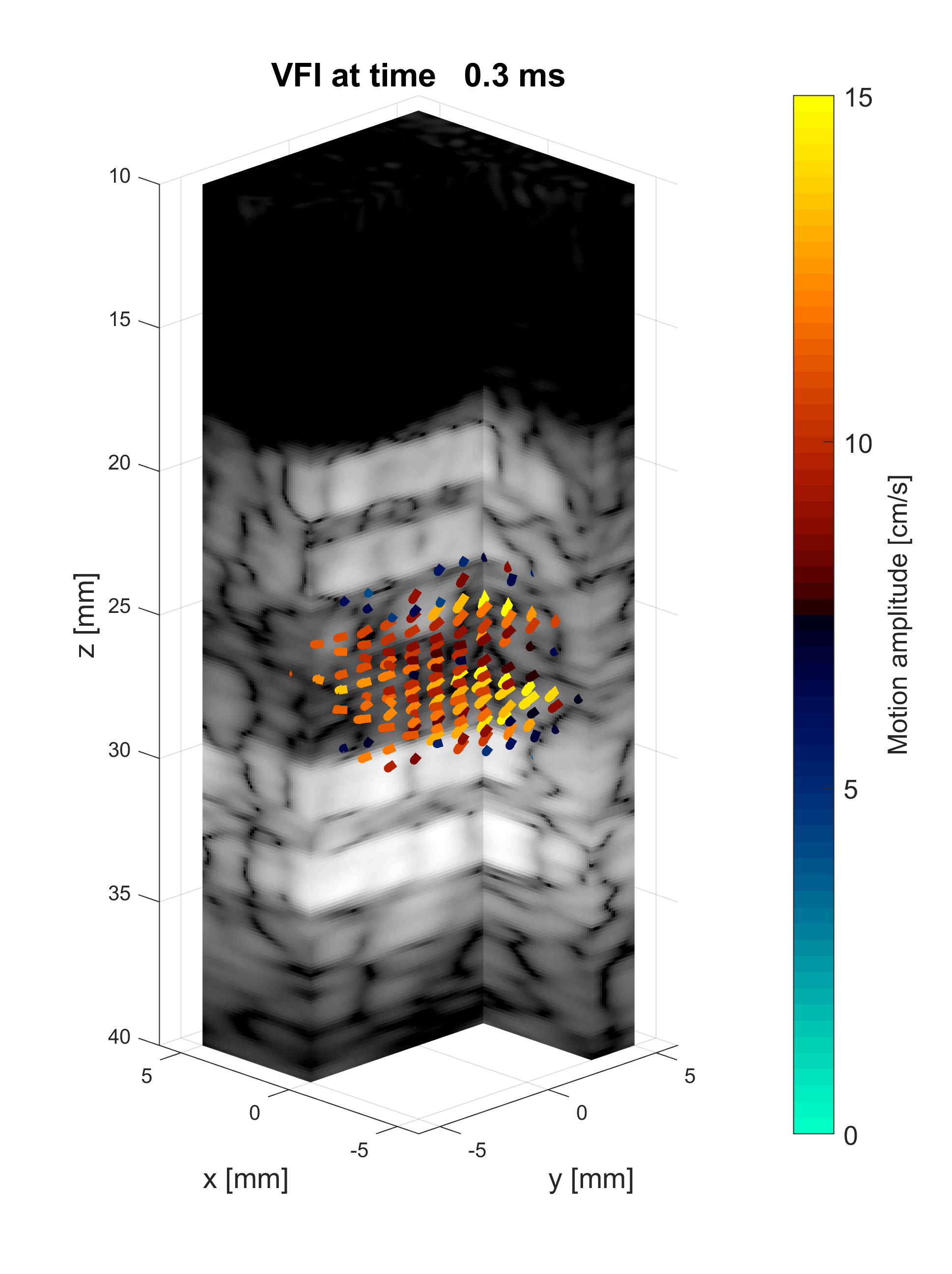 |
Cardiac coherence imaging
Recently, I tried to image the
micro-orgnisation of the heart muscle in ultrasound imaging with the
framework of LabEx
PRIMES. Indeed, I previously developed a strategy in synchrotron radiation phase-contrast micro-tomography (SR-PCT) at an
isotropic 3.5 µm resolution [MedIA 2017]. In ultrasound, the acquisition pipeline and post-processing are different and based on
the local coherence of the raw ultrasound signals [IEEE
International Ultrasonics Symposium 2019]. To this end, we
extend the initial strategy to evaluate the full 3D local angle of
the fibre [IEEE
International Ultrasonics Symposium 2019]. The final objective
is to compare such measures to diffusion magnetic resonance imaging.
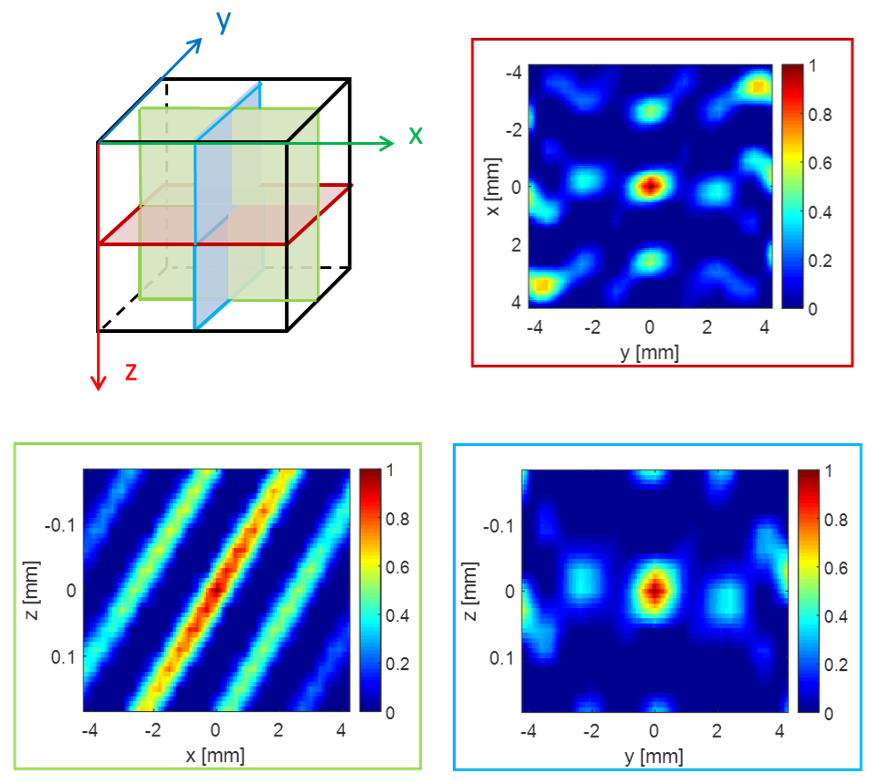 |
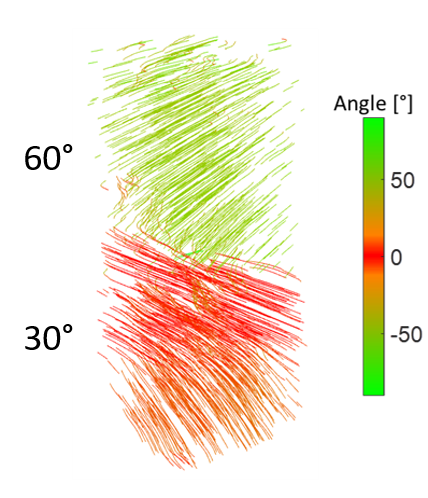 |
Cavitation imaging
In collaboration with the LabTau
and within the framework of LabEx CeLyA, we developed advanced
beamforming strategies to image the cavitation map produced during
treatment. The beamforming strategies are based on adaptive
measurement as phase coherence factor [IEEE
Transactions on Ultrasonics, Ferroelectrics, and Frequency Control
2018] or robust CSM estimation for advanced array
processing beamforming (robust capon, Pisarenko class beamformer or
MUSIC) in the Fourier domain [IEEE
Transactions on Ultrasonics, Ferroelectrics, and Frequency Control
2020]. Currently, such developments are extended in 3D with sparse arrays [IEEE
Transactions on Ultrasonics, Ferroelectrics, and Frequency Control
2024].
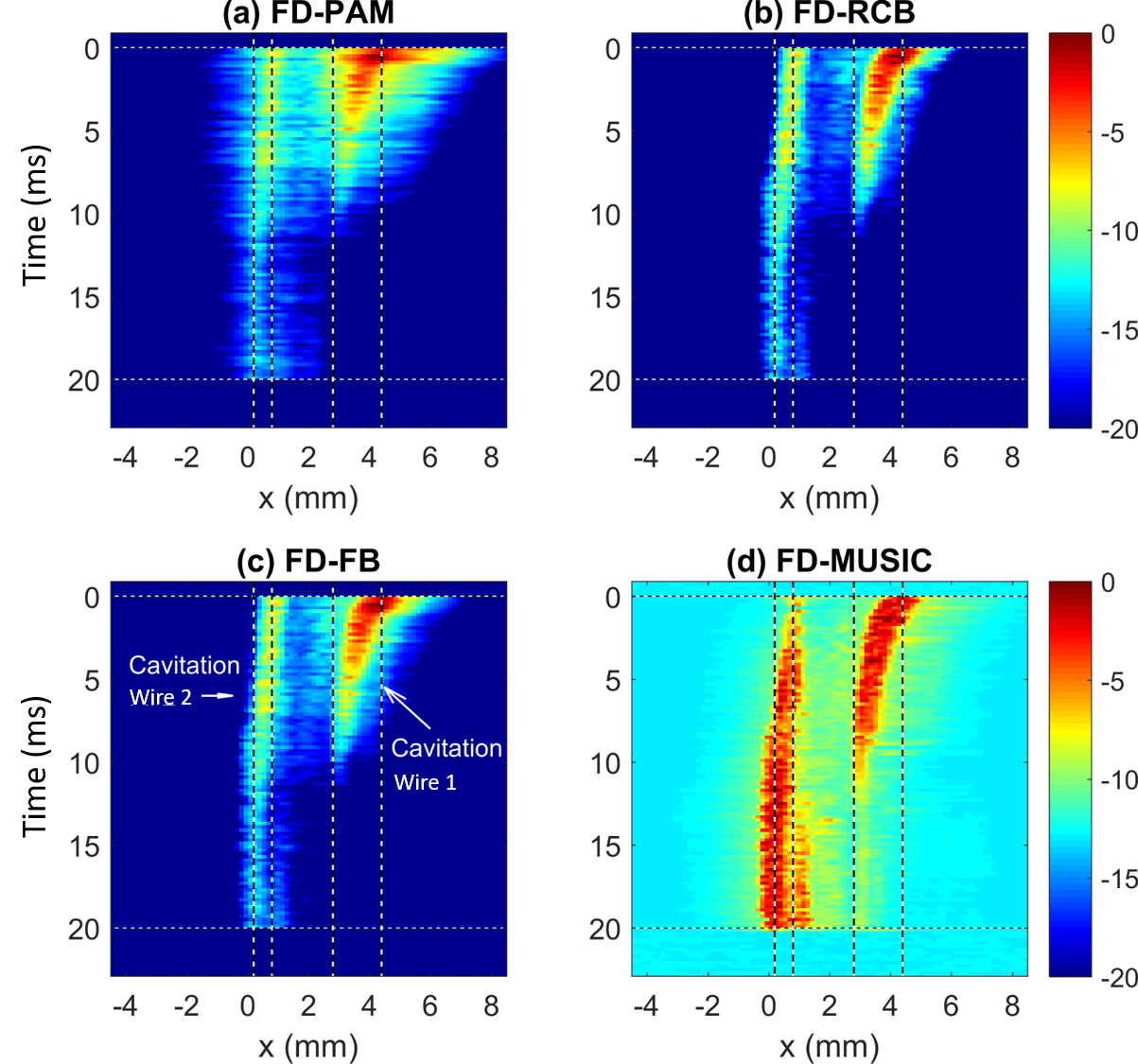 |
Photoacoustic imaging
Since my recruitment in 2013, I have been
developing activities in photoacoustic imaging either in system
development [Photoacoustics
2017], array design [Optical
Express 2020] or post-processing algorithms for
multispectral imaging [EURASIP
Journal on Advances in Signal 2018, Sensors 2021]. Then, based on this
expertise, applications on photothermal complexes have been
evaluated for bioimaging [Langmuir
2019]. Lately, I have been involved in the International Photoacoustic Standardisation Consortium to formalize the photoacoustic data format and to propose advanced beamforming strategies and their comparison [Photoacoustics 2022].
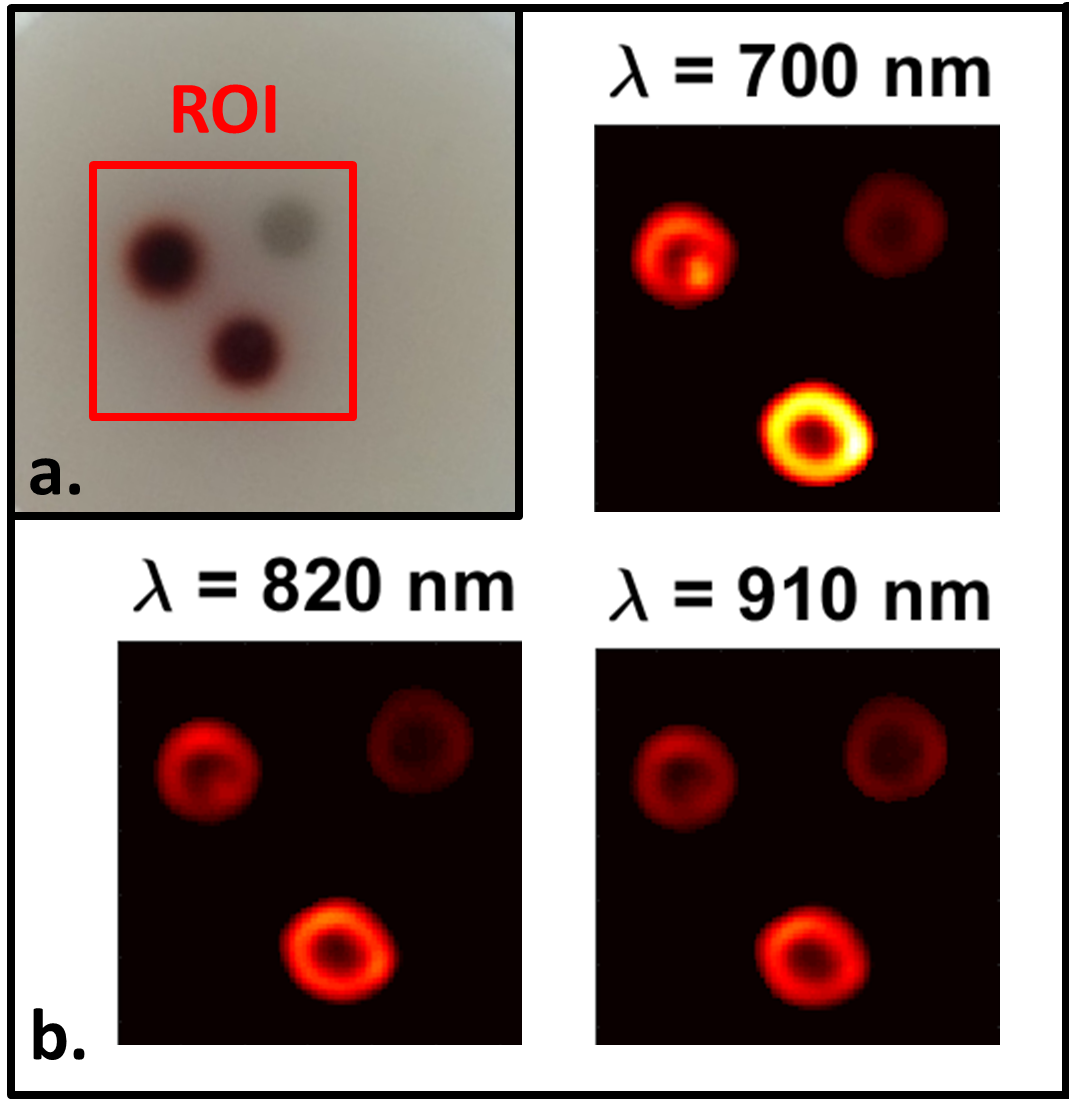 |
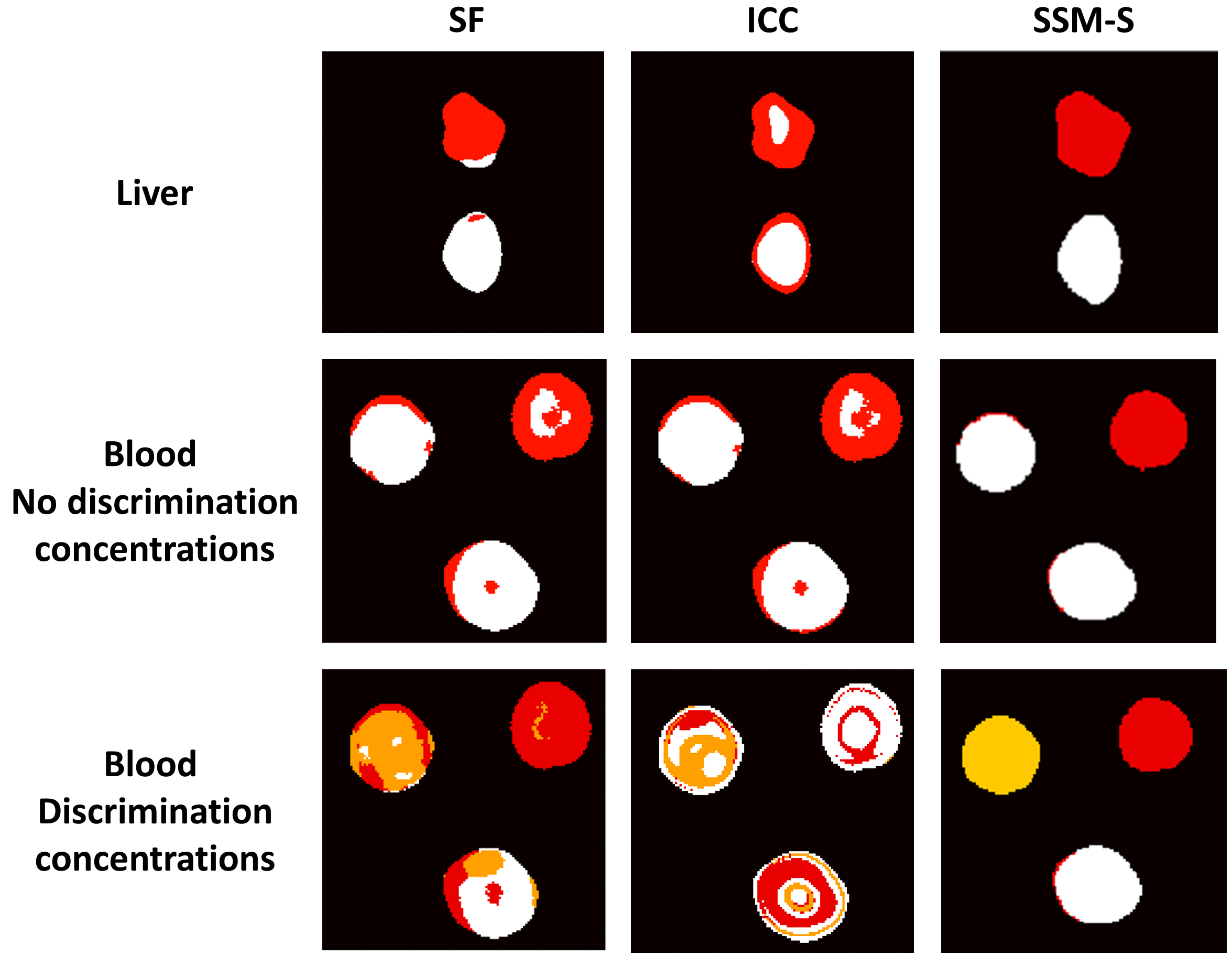 |
